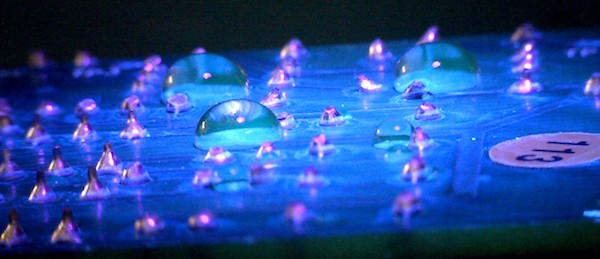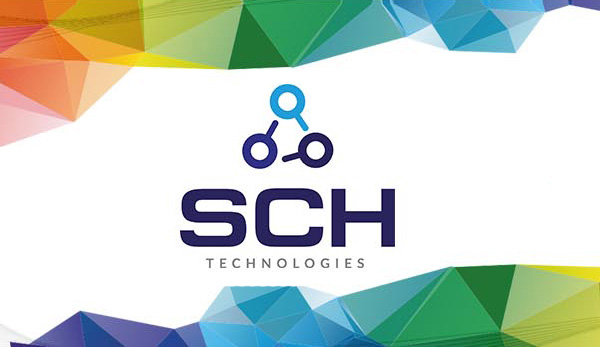There are several alternative coatings available to the traditional conformal coating materials.
These alternative coatings include:
- Parylene and other Chemical Vapour Deposition (CVD) films
- Fluorinated ultra-thin and thin film coatings
- Molecular Vapour Deposition (MVD) coatings
- Atomic Layer Deposition (ALD) coatings
They can provide extremely high protection to circuit boards if used correctly for the right product.

Parylene (XY) coatings
Parylene is the trade name for a variety of chemical vapor deposited poly(p-xylylene) polymers used as moisture and dielectric barriers.
Parylene is a conformal coating that is deposited as a gas in a vacuum chamber.
It is a dry process compared to the standard “wet” liquid conformal coatings.
Fluoropolymer (FC) coatings
Surface Modifiers are ultra thin coatings that are applied at less than a few microns in thickness.
Liquid conformal coatings are applied in the range of 25-75um so they are considerably thicker in nature.
There are several variations in ultra thin conformal coatings out in the market now but two of the most popular types are liquid materials and partial vacuum deposition.
Atomic layer deposition (ALD)
ALD belongs to the family of chemical vapor deposition methods (CVD).
It is a deposition process at a Nano-scale level within a vacuum chamber.
The deposition process forms ultra-thin films (atomic layers) with extremely reliable film thickness control.
This provides for highly conformal and dense films at extremely thin layers (1-100nm).
Molecular vapour deposition (MVD)
MVD belongs to both the families of chemical vapor deposition (CVD) and atomic layer deposition (ALD) methods.
Unlike traditional CVD and ALD flow systems the MVD reaction takes place in a chamber under static pressure resulting in extremely low chemical use.
The MVD process produces highly conformal thin film coatings, typically less than 100nm in thickness.
The coating provides excellent barrier properties and surface energy control.
Need to know more about alternative materials to the traditional liquid conformal coatings?
Contact us now and we can discuss how we can help you.
Give us a call at (+44) 1226 249019 or email your inquiries at sales@schservices.com

